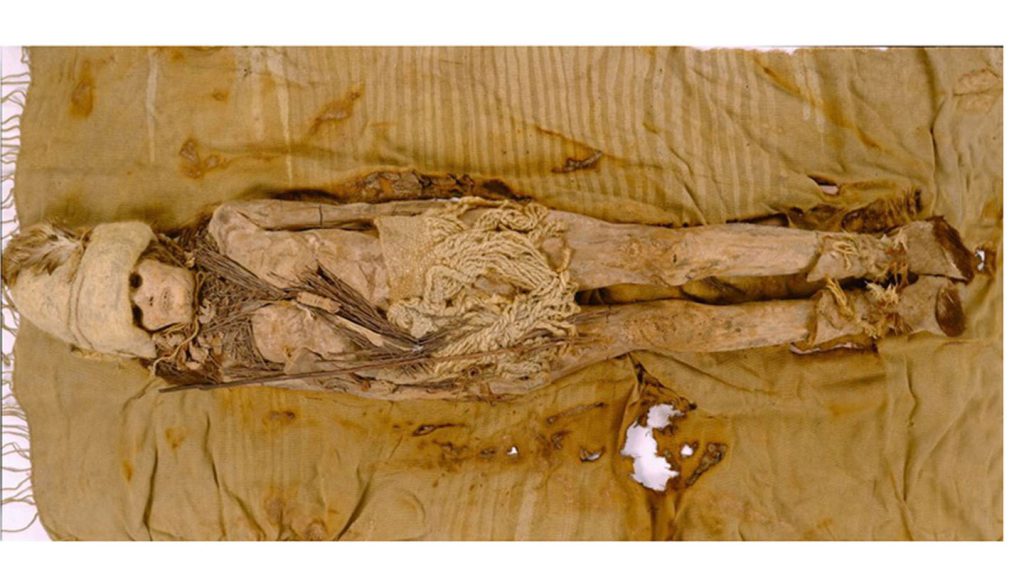In a recent study published in Cell, researchers have analyzed the world’s oldest preserved cheese samples found on ancient mummies in China. The samples, dating back nearly 3,600 years, were originally discovered in Xinjiang and were made from fermented cow and goat milk. DNA analysis of the samples confirmed that two of the three cheese samples were made from cow milk, while the third came from goat milk. Additionally, an analysis of the bacteria in the cheese provided new insights into the history of Asian dairy fermentation and how kefir culturing techniques spread across the continent.
According to paleontologist Qiaomei Fu, this discovery is significant as it is the oldest preserved cheese sample in the world, predating the previous record holder by almost 400 years. Although the samples did not resemble typical cheese and felt more like dense dust, they provided valuable information about the ancient kefir fermentation process. Kefir, a yogurt-like drink, is made by fermenting milk with kefir grains, which consist of live bacteria and yeast cultures. When drained, kefir turns into a lumpy mass of cheese.
The researchers conducted DNA analysis of the bacteria in the ancient cheese samples and compared them with 15 modern samples to build a bacterial family tree. Previous research suggested that kefir fermentation techniques spread from Russia to Europe, but the team’s findings indicated an additional route from modern-day Xinjiang into Tibet and inland East Asia. This analysis of ancient bacteria offers insights into how fermentation techniques were transmitted and evolved over time.
Despite the advancement in understanding the origins of Asian dairy fermentation through this study, the question of why the cheese samples were found on the mummy’s necks remains a mystery. The discovery of these ancient cheese samples has opened up new possibilities for research into the history of food fermentation practices in different regions. The preserved cheese samples provide a unique opportunity to study the spread of fermentation techniques and cultural exchange in ancient societies.
Overall, the DNA analysis of the world’s oldest preserved cheese samples found on ancient mummies in China has shed light on the history of dairy fermentation in Asia. The study revealed that the cheese samples were made from cow and goat milk, with insights into the spread of kefir fermentation techniques across the continent. The findings suggest a new route for the transmission of fermentation techniques from Xinjiang to Tibet and inland East Asia, challenging previous assumptions about the origins of kefir culturing. While the discovery has raised questions about the use of cheese in ancient societies, it has provided valuable information about the evolution of food fermentation practices over thousands of years.


